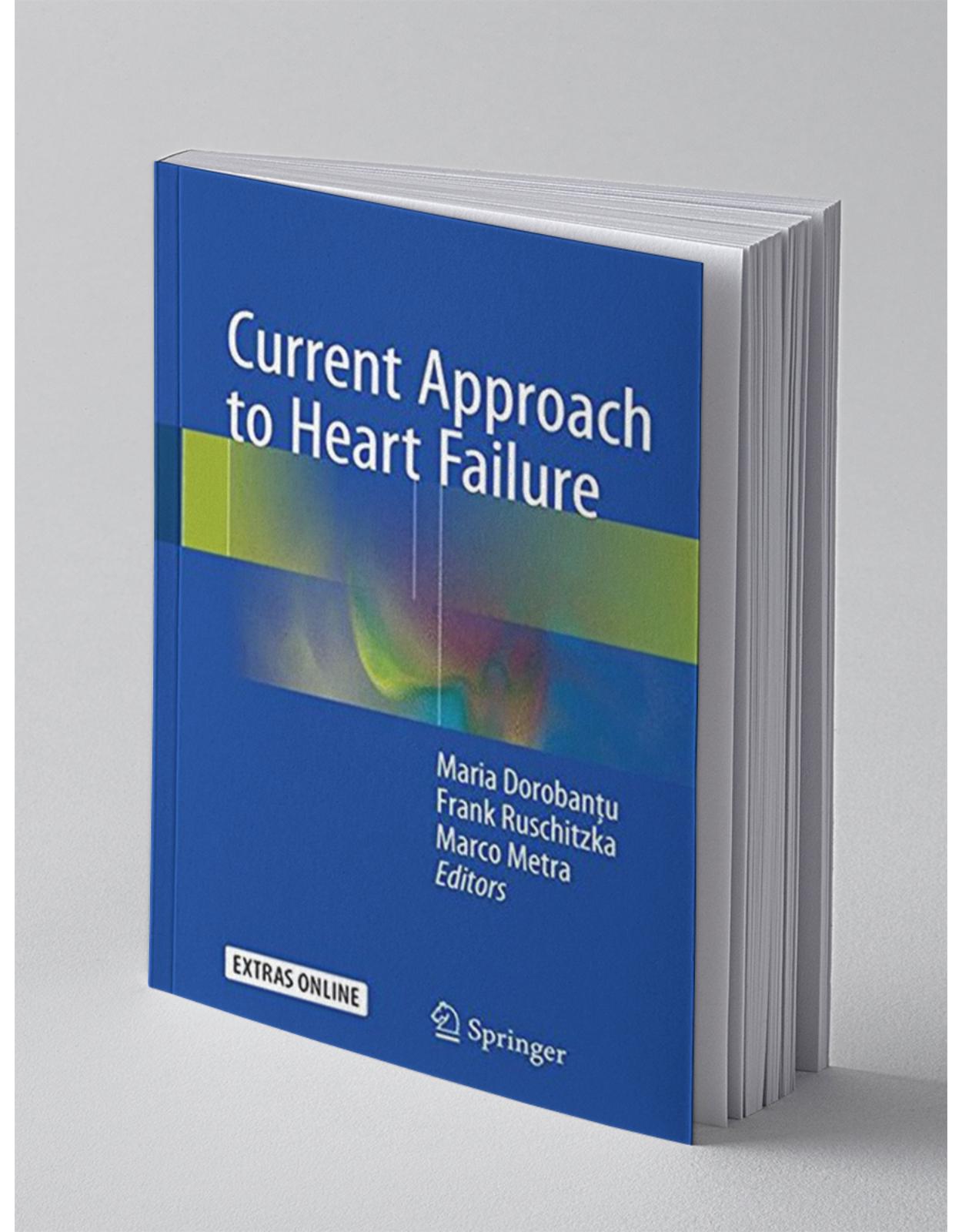
Current Approach to Heart Failure
Livrare gratis la comenzi peste 500 RON. Pentru celelalte comenzi livrarea este 20 RON.
Disponibilitate: In stoc
Editura: Springer
Limba: Engleza
Nr. pagini: 642
Coperta: Hardcover
Dimensiuni: 16 x 3.8 x 24.2 cm
An aparitie: 20 Jan 2017
Description:
This book is intended to be a link between guidelines and clinical practice, a complementary tool to help physicians to be well informed regarding the important field of heart failure. It will be a useful tool for professionals from all the fields of cardiology: non-invasive cardiology, interventional cardiology, electrophysiology and cardiovascular imaging. The topic of heart failure is continuously changing, with new important information being added constantly. The pathophysiology is better understood and there is a trend for a better characterization of special groups of population, such as oncologic patients with heart failure. The new imaging techniques have become valuable tools for the diagnosis of heart failure, while pharmacological and novel cell and gene treatments have evolved enormously. The challenge for the practitioners is making the right selection of treatment strategy that best fits a patient. This book presents detailed information on the indications, selection and mechanism of action of these treatments, whether they be mechanical circulatory devices or pharmacological treatments. The contemporary pharmacological and non-pharmacological management of heart failure has the main target of early prevention of disease progression and the avoidance of heart transplant. In the era of shortage of donors, prevention is the mainstay of the therapeutic strategy, and this is the main philosophy of our book.
Table of Contents:
Part I: New Concepts on Epidemiology and Mechanisms of Heart Failure
Chapter 1: Prevalence, Incidence and Lifetime Risk of Heart Failure
Lifetime Risk
Prevalence of Heart Failure
Asymptomatic Left Ventricular Dysfunction
Heart Failure with Reduced Versus Preserved Ejection Fraction
Incidence of Heart Failure
References
Chapter 2: Evolving Concepts on the Basic Mechanisms of Heart Failure
The Current Heart Failure Mechanisms in Heart Failure with Reduced Ejection Fraction (HFrEF)
The Pump Failure
The Role of Neurohormones
The Kidney: Responsible for HF
Loss of Cardiac Myocytes
Dysfunctional Cardiac Myocytes due to Abnormal Cytoplasmic Ca2+ Homeostasis
The Myocardial Extracellular Matrix
Genes Contribution
Heart Failure with Preserved Ejection Fraction (HFpEF)
From Left to Right Heart Failure
Noncardiac Comorbidities and HF
References
Part II: The Role of Cardiac Imaging in the Evaluation of Heart Failure
Chapter 3: Assessment of Left Ventricular Systolic and Diastolic Function by Echocardiography
Introduction
Assessment of Left Ventricular Systolic Function
Left Ventricular Fractional Shortening
Left Ventricular Ejection Fraction
2D Echocardiography
3D Echocardiography
Data Acquisition
Analysis
Stroke Volume and Cardiac Output
LV Regional Function
Doppler Methods of LV Systolic Function Evaluation
Rate of LV Pressure Increase
Myocardial Deformation Imaging
Assessment of Left Ventricular Diastolic Function
Echocardiographic Diagnosis of LVDD in Patients with HFpEF
Echocardiographic Assessment of Left Ventricular Filling Pressures and Diastolic Dysfunction Grad
References
Chapter 4: The Imaging of Right Ventricular Dysfunction in Heart Failure
Introduction
Echocardiography
Standard Echocardiographic Views of the RV
Right Ventricular Global Systolic Function
Conventional 2DE Parameters
3DE Assessment of the RV Systolic Function
Right Ventricular Regional Systolic Function
RV Diastolic Function
Right Ventricular Mechanics
RV Dyssynchrony
Cardiac Magnetic Resonance
RV Global Systolic Function
RV Regional Systolic Function
RV Myocardial Mechanics
Computed Tomography
Nuclear Imaging
Conclusions
References
Chapter 5: The Role of Atrial Functional Assessment in Heart Failure
Left Atrial Function
Echocardiographic Assessment of Left Atrial Function
Left Atrial Function and Heart Failure
Conclusion
References
Chapter 6: Assessment of Secondary Mitral Regurgitation
Introduction
Definition, Mechanisms, and Physiopathology
Echocardiographic Assessment of SMR
Diagnosis and Mechanism of SMR
Valve Morphology: Overall Assessment
Valve Morphology: Quantitative Analysis of Mitral Valve Deformation
LV Remodeling Assessment
Quantification of SMR Severity
2D Echocardiography
3D Echocardiography
The Dynamic Nature of Chronic Ischaemic MR: Role of Stress Echocardiography
Role of 3D During MitraClip Therapy
References
Chapter 7: Left Ventricular Contactile Reserve
Introduction
Contractility Indices
Stroke Volume and Ejection Fraction
LV Longitudinal Function
Future Directions and Possible Developments
Bibliography
Chapter 8: Role of Cardiovascular Magnetic Resonance Imaging in Heart Failure
Cardiovascular Magnetic Resonance Techniques
Functional Imaging (cine-CMR)
Flow CMR
Myocardial Perfusion Imaging (MPI)
Myocardial Tissue Characterization
Evolving CMR Techniques
Safety and Limitations
The Role of CMR in Suspected or Confirmed Heart Failure
Ischemic Cardiomyopathy
Myocardial Infarction
Ischemia Testing
Viability Assessment
Non-ischemic Cardiomyopathies
Cardiomyopathies Presenting Mostly with a Hypertrophic Phenotype
Hypertrophic Cardiomyopathy
Amyloidosis
Cardiomyopathies Presenting Mostly with a Dilative Phenotype
Dilated Cardiomyopathy
Iron Overload Cardiomyopathy
Cancer Therapy Related Cardiomyopathies
Muscular Dystrophy
Arrhythmogenic Right Ventricular Cardiomyopathy
Inflammatory Diseases and Other Cardiomyopathies
Acute Myocarditis
Sarcoidosis
Systemic Inflammatory Diseases
Left Ventricular Non-compaction
Takotsubo Cardiomyopathy
Valvular Heart Disease
Adult Congenital Heart Disease
Pericardial Disease
The Role of CMR in Guiding Implantable Cardioverter-Defibrillator (ICD)/Cardiac Resynchronizati
ICD
CRT
References
Chapter 9: The Evolving Role of Multimodality Imaging in Heart Failure
Imaging of Ischemia: Risk Area and Coronary Arteries
Metabolic Imaging
Molecular Imaging: The Evaluation of Cardiac Innervation
Innervation Imaging of Arrhythmias
Cardiac Resynchronization Therapy
Rheumatic Disease
Management of Aortic Stenosis in HF
Cardio-oncology and HF
Cardiac Amyloidosis
Quantitative Cardiac Imaging: The Need for an Absolute Measurement of Cardiac Parameters
Future Perspectives—Hybrid Imaging Using Molecular Targets
Conclusion
References
Part III: Treatment of Heart Failure
Chapter 10: Contemporary Pharmacological Treatment of Heart Failure
The Goals of Treatment
Pharmacological Treatment in Chronic Heart Failure
Heart Failure with Reduced Ejection Fraction
Treatments Improving the Outcomes
Treatments Recommended in All Patients with HFrEF- Neurohormonal Antagonists
Angiotensin- Converting Enzyme Inhibitors
Beta- Blockers
Mineralocorticoid Receptor Antagonists
Treatments Recommended in Selected Symptomatic Patients
Diuretics
Angiotensin Receptor Neprilysin Inhibitor
If- Channel Inhibitor
Angiotensin II Type I Receptor Blockers
Combination of Hydralazine and Isosorbide Dinitrate
Digoxin and Other Digitalis Glycosides
Heart Failure with Preserved and with Mid- Range Ejection Fraction
References
Chapter 11: Myocardial Revascularization in Heart Failure
Background
Revascularization for Treatment of Angina Pectoris
Revascularization for Prognostic Purposes
The Role of Myocardial Viability
Similar Value of Percutaneous Coronary Intervention?
What Do the Guidelines Tell Us?
Conclusion
References
Chapter 12: Approach to Arrhythmia in Heart Failure
Introduction
Brady-Arrhythmias in Heart Failure
Approach to Supraventricular Arrhythmias
Epidemiology of Atrial Fibrillation in Heart Failure
Mechanisms of Atrial Fibrillation Occurrence in Heart Failure
Treatment of Atrial Fibrillation in Heart Failure
Prevention of Thromboembolism
Acute Management of Atrial Fibrillation in Acute Heart Failure
Rate Control: Pharmacological and Interventional Treatments
Rhythm Control: Pharmacological and Interventional Treatment
Other Supraventricular Arrhythmias in Heart Failure
Ventricular Arrhythmias
Epidemiology of Ventricular Arrhythmias in Heart Failure
Mechanisms of Ventricular Arrhythmias in Heart Failure
Treatment of Ventricular Arrhythmias in Heart Failure
Prevention of Sudden Cardiac Death in Heart Failure
Pharmacological Treatment for Ventricular Arrhythmias
Interventional Treatments for Ventricular Arrhythmias
Arrhythmias in Heart Failure with Preserved Ejection Fraction
References
Chapter 13: Devices for Heart Failure: Implantable Cardioverter Defibrillator
Epidemiology of Heart Failure: Insight into the Device Therapy
Evolution of the Implantable Cardioverter Defibrillator from Thoracotomy to the Subcutaneous I
Current Tendencies in the Treatment of Heart Failure (Prevention of Sudden Cardiac Death): From
Prevention of Sudden Cardiac Death Among Heart Failure Patients
Secondary Prevention of Sudden Cardiac Death Among Heart Failure Patients
Primary Prevention of Sudden Cardiac Death Among Heart Failure Patients
Cardiac Dyssynchrony
The Concept of Biventricular Pacing: Cardiac Resynchronization Therapy
The Concept and Rational of the Subcutaneous Implantable Defibrillators
Peri- and Post-procedural Complications of Implantable Cardioverter Defibrillators Implantation
References
Chapter 14: Cardiac Resynchronization Therapy
Introduction
Pathophysiology of Cardiac Dyssynchrony. Dyssynchrony Assessment
Imaging in Cardiac Resynchronization Therapy
Clinical Evidence in Cardiac Resynchronization Therapy and Current Guidelines.
Response to CRT: Patient Selection and Improving CRT Delivery
Conclusion
References
Chapter 15: Mechanical Circulatory Support
Introduction and Epidemiology
Acute (Temporary) Mechanical Circulatory Support Devices
Durable (Permanent) Ventricular Assist Devices
Underlying Physiologic Principles of Continuous Flow Devices
Patient Selection
Current Clinical Results with Continuous Flow Pumps
In Hospital Management
Long-Term Management
Management of Ventricular Assist Device Long-Term Complications
Management of Gastrointestinal Bleeding
Management of Infections
Management of Atrial and Ventricular Arrhythmias
Management of de Novo Aortic Insufficiency
Management of Pump Thrombosis and Pump Malfunction
Management of Neurological Events
Total Artificial Heart
Conclusions
References
Chapter 16: Gene and Cell Therapy in Heart Failure
Introduction
Gene Therapy
Calcium Homeostasis-Related Therapies
Therapies for the Treatment of Tachy- and Brady-Arrhythmias
Therapies Targeting Adrenergic Signalling
Therapies Targeting Myofilaments
Cardiac Regeneration and Proliferation Therapies
Cell-Based Therapies
Non-cardiac Origin SCs
Second Generation SCs
Cardiac Origin SCs
Pluripotent SCs
SC-Derived Products
Clinical Evidences
References
Chapter 17: Valvular Surgery in Heart Failure
Introduction
Aortic Regurgitation
Natural History
Evaluation
Indications for Surgery
Surgery
Medical Therapy
Aortic Stenosis
Natural History
Evaluation
Intervention
Aortic Valve Replacement (AVR)
Balloon Valvuloplasty
Transcatheter Aortic Valve Implantation
Medical Therapy
Mitral Regurgitation
Primary (Organic) Mitral Regurgitation
Acute Mitral Regurgitation
Chronic Mitral Regurgitation
Surgery
Percutaneous Intervention
Medical Therapy
Secondary Mitral Regurgitation
Natural History
Evaluation
Indications for Intervention
Surgery
Percutaneous Intervention
Medical Treatment
Mitral Stenosis
Tricuspid Regurgitation (TR)
Natural History
Evaluation
Indications for Surgery
Surgery
Tricuspid Stenosis
Evaluation
Interventions
Combined and Multiple Valve Diseases
References
Chapter 18: Percutaneous Valvular Therapies in Heart Failure
Transcatheter Aortic Valve Intervention for Patients with HF
Pathophysiologic and Diagnostic Considerations
Transcatheter Treatment
Percutaneous Balloon Aortic Valvuloplasty (PBAV)
Transcatheter Aortic Valve Implantation (TAVI)
Transcatheter Mitral Valve Intervention (TMVI) for Patients with HF
Why Do We Need TMVI?
Which Device Should We Use for TMVI?
Patient Selection for TMVI
CRT Non-responders
End-Stage Heart Failure
Acute MR Following Acute Myocardial Infarction
Failing Annuloplasty Rings
Expected Benefits from TMVI
Persistent MR Reduction
Symptom Improvement
Survival Advantage
Effect on Heart Remodeling: Annulus and LV
When Is the Right Time for TMVI?
Transcatheter Tricuspid Valve Intervention for Patients with HF
References
Chapter 19: Pre-transplant Evaluation
Introduction
Indications for Heart Transplantation
Patients on Stable Condition
Cardiopulmonary Stress Testing
Use of Heart Failure Prognostic Scores
Role of Diagnostic Right-Heart Catheterization (RHC)
Restrictive and Infiltrative Cardiomyopathies
Patients on Unstable Conditions
Comorbidities and Their Implications as Contraindications for Heart Transplantation
Age
Obesity
Diabetes Mellitus
Renal Function
Cancer
Cerebral and Peripheral Vascular Disease
Assessment of Frailty
Mechanical Circulatory Support (MCS) for Bridge to Candidacy
Tobacco Use, Substance Abuse
Psychosocial Evaluation
Retransplantation
Human Immunodeficiency Virus (HIV)
Chagas Disease
Hepatitis C and Hepatitis B
Vaccinations
Recommended Tests for Heart Transplant Evaluation
References
Chapter 20: Heart Transplantation
Introduction and Epidemiology
Donor-Recipient Matching and Organ Allocation Procedures
Immunosuppression Therapy
Induction Therapy
Maintenance Immunosuppression
Mechanisms and Diagnosis of Cardiac Allograft Rejection
Treatment of Cardiac Allograft Rejection
Management of Acute Cellular Rejection
Management of Antibody-Mediated Rejection
Long-Term Complications of Immunosuppression Therapy
Infections
Malignancy
Cardiac Allograft Vasculopathy
Hypertension
Diabetes Mellitus
Dyslipidemia
Chronic Renal Insufficiency
Conclusions
References
Part IV: Particular Forms of Heart Failure
Chapter 21: Heart Failure and Hypertension
Epidemiology
Role of Echocardiography in HF Staging in Patients with Hypertension
LV Remodeling in Hypertensive Heart Disease
LV Diastolic Dysfunction
Prevalence and Determinants of Diastolic Dysfunction in the Community
Prognostic Significance of LV Diastolic Dysfunction
LV Systolic Dysfunction
Biomarkers
Prevention of HF in Patients with Hypertension
Conclusion
References
Chapter 22: Right Heart Failure
Introduction
Anatomy and Mechanics of the Right Ventricle
Etiology and Pathogenesis of Right Ventricular Failure
Hemodynamic Consequences of the Right Heart Failure
Stages of RV Failure
Clinical Presentation and Assessment of the Right Heart Failure
Clinical Symptoms and Signs
Electrocardiography
Laboratory Markers
Echocardiography
RV Shape
RV Size
RV Function and Mechanics
Pulmonary Artery Pressure
Other Imaging Modalities
Invasive Hemodynamic Assessment
Prognostic Impact of the Right Heart failure
Management of RV Failure
Conclusions
References
Chapter 23: Acute Heart Failure
Definition
Classification
Diagnostic Evaluation
Biomarkers for the Diagnosis and Management of AHF
Main Causes of Elevated Natriuretic Peptide Concentrations
Cardiac
Noncardiac
Risk Stratification
Management
General Management
Immediate Ventilatory and Hemodynamic Stabilization
Respiratory Distress with Hypoxaemia and Peripheral Desaturation; acute Respiratory Failure
Cardiogenic Shock
Further Management – Initial In-hospital Phase
Acute Co-morbidities
Acute Coronary Syndrome
Arrhythmias
Hypertensive Heart Failure
Acute Mechanical Cause Underlying AHF
Acute Pulmonary Embolism
Cardiovascular Medication
Diuretics
Vasodilators
Digoxin
Inotropes and Inodilators
Vasopressors
Other Pharmacological Therapy
Drugs Under Research
Devices
Ultrafiltration
Mechanical Circulatory Support
Criteria for Discharge from the Hospital and Follow up in High Risk Period
Table 4. Instructions for the Optimization of Management of AHF Patients at Hospital Discharge
References
Part V: Heart Failure in Special Populations
Chapter 24: Heart Failure in Oncologic Patients
Introduction
Clinical Presentation
Definition
Classification
Anticancer Agents: Pathophysiology
Anthracyclines
HER2-Targeted Cancer Therapies
Microtubular Polymerization Inhibitors, Vascular Endothelial Growth Factor (VEGF) Inhibitors and T
Risk Factors
Diagnosis
Monitoring
Treatment
Prevention
Primary Prevention
Prevention in High-Risk Patients
Conclusion
References
Chapter 25: Iron Deficiency in Heart Failure
Background
Importance of Iron in Physiology
Pathogenesis of Iron Deficiency in Heart Failure
Definition of Iron Deficiency in Heart Failure
Prevalence and Clinical Consequences of Iron Deficiency in Heart Failure
Iron Supplementation in Heart Failure
References
Chapter 26: The Kidney and Electrolytes Imbalances in Heart Failure
Introduction
Epidemiology
Pathophysiology
Normal Physiology of the Kidney
The Kidney in Heart Failure
Classification of Heart Failure and Renal Failure
Worsening Renal Function
Markers of Renal Function
Glomerular Filtration Rate and Creatinine
Cystatin C
Blood Urea Nitrogen
Albuminuria and Proteinuria
Tubular Markers
Neutrophil Gelatinase-Associated Lipocalin (NGAL)
N-Acetyl-β-D-Glucosaminidase (NAG)
Kidney Injury Molecule 1 (KIM-1)
Treatment in Heart Failure Patients with Concomitant Renal Dysfunction
Angiotensin Converting Enzyme Inhibitors and Angiotensin Receptor Blockers
Beta-Blockers
Mineralocorticoid Receptor Antagonists
Angiotensin Receptor Neprilysin Inhibitor
Diuretics
Electrolytes in Heart Failure
Sodium
Hyponatremia
Hypernatremia
Potassium
Hypokalemia
Hyperkalemia
Chloride
Hypochloremia
Hyperchloremia
References
Part VI: Prognostic Factors and Rehabilitation in Heart Failure
Chapter 27: Prognostic Factors and Risk Scores in Heart Failure
Prognostic Factors and Risk Scores in Heart Failure
Risk Scores in Chronic Heart Failure
Cardiopulmonay Exercise Test and Prognosis in Heart Failure
Risk Prediction in Acute Heart Failure
Use of Risk Scores in Clinical Practice
Obesity and the Obesity Paradox
Depression and Prognosis in Heart Failure
References
Chapter 28: Rehabilitation Therapy in Patients with Heart Failure
Pathophysiological Basis of Physical Training
Targets of Physical Training in Heart Failure
Hemodynamics
Functional Capacity
Ventilatory Response
Cardiac Rehabilitation Phases
Physical Training Indications
Contraindications to Physical Training [7]
Increased Risk for Training [7]
Evaluation of Exercise Capacity Before Starting Physical Training
Training Modalities
Aerobic, Endurance Physical Training
Resistance/Strength Training
Inspiratory Muscles Training
Additional Measures: Cardiovascular Risk Factors Modification
Social and Professional Reinsertion in Patients with Heart Failure
References
Index
Springer
| An aparitie | 20 Jan 2017 |
| Autor | Maria Dorobanţu, Frank Ruschitzka , Marco Metra |
| Dimensiuni | 16 x 3.8 x 24.2 cm |
| Editura | Springer |
| Format | Hardcover |
| ISBN | 9783319452364 |
| Limba | Engleza |
| Nr pag | 642 |

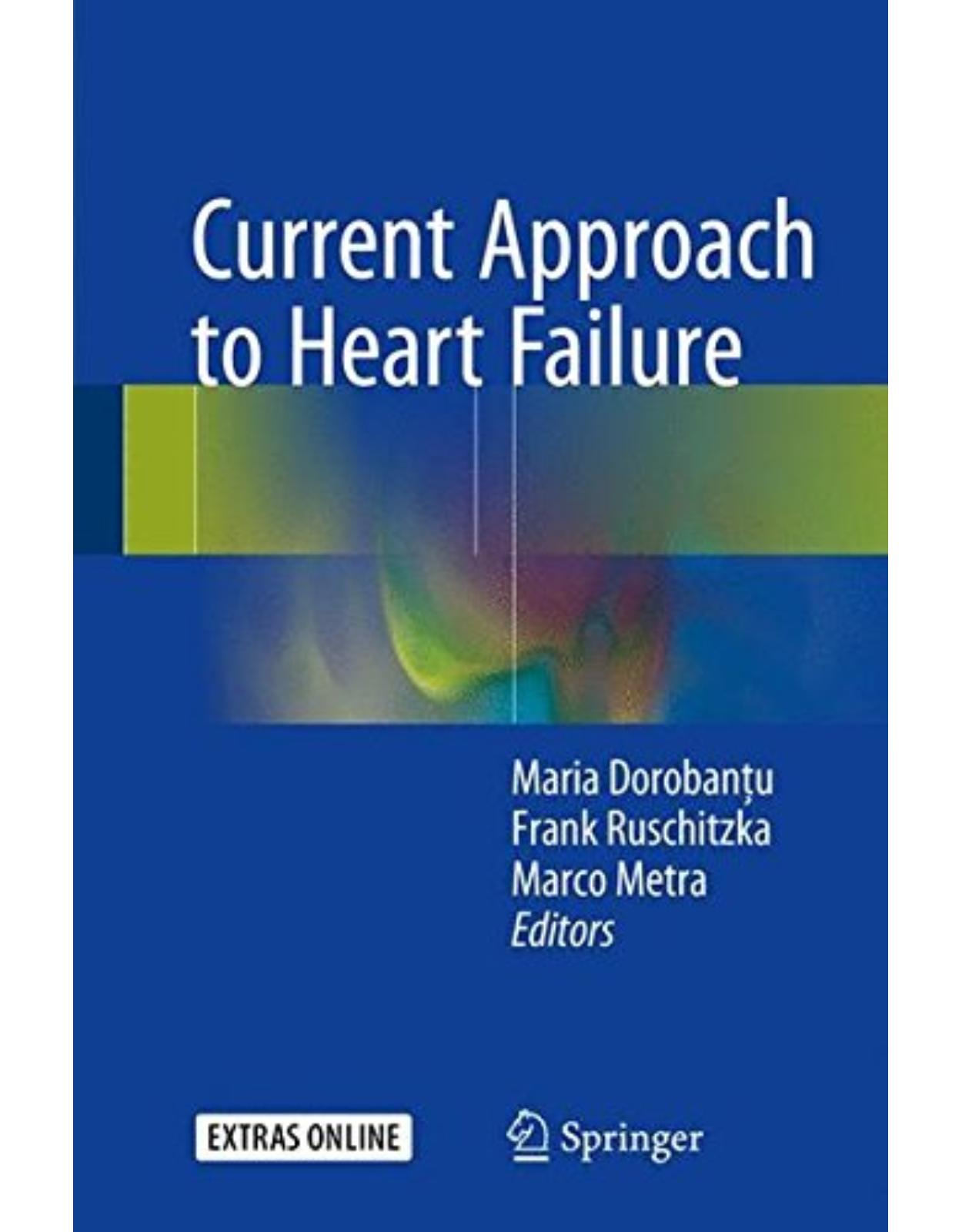
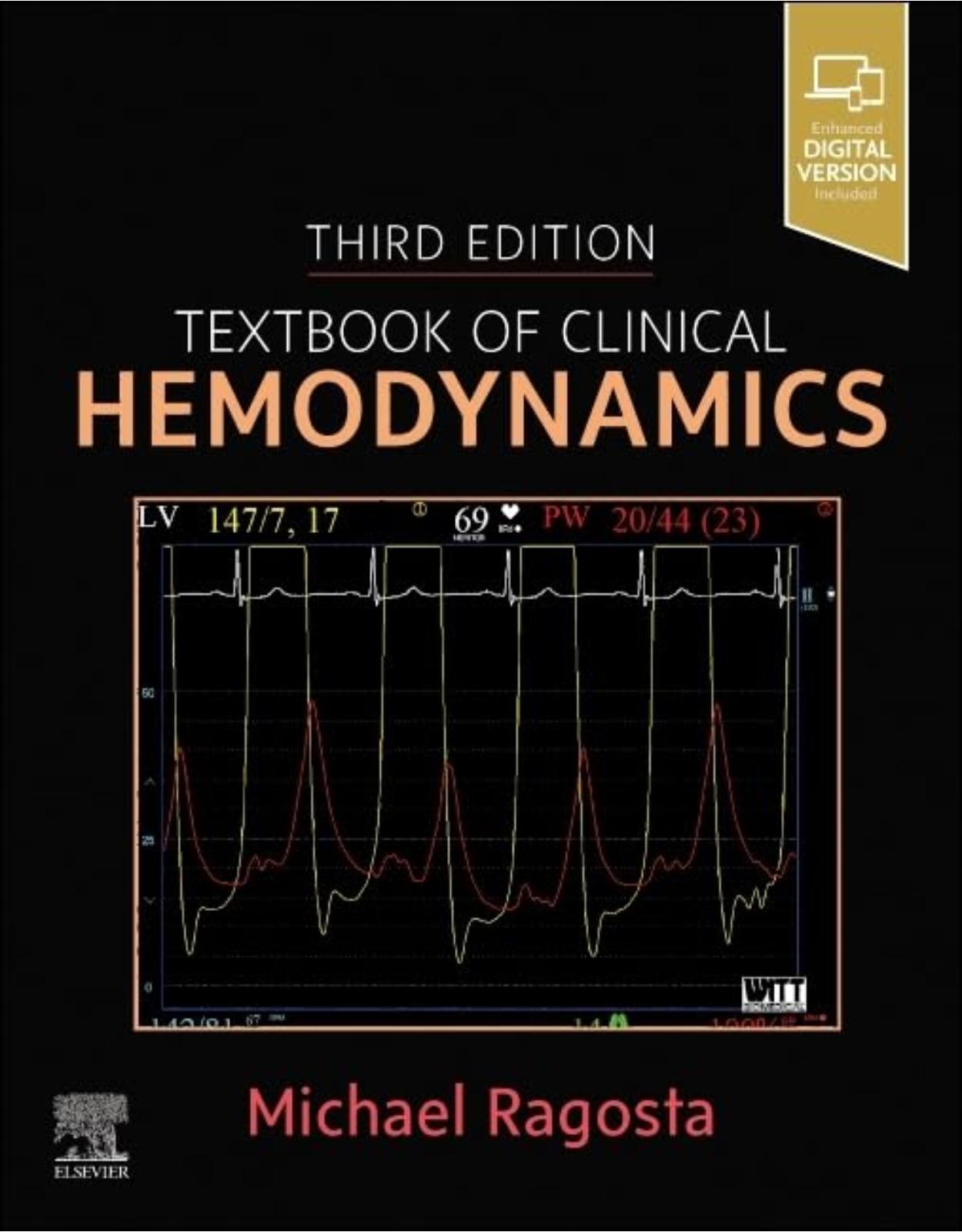
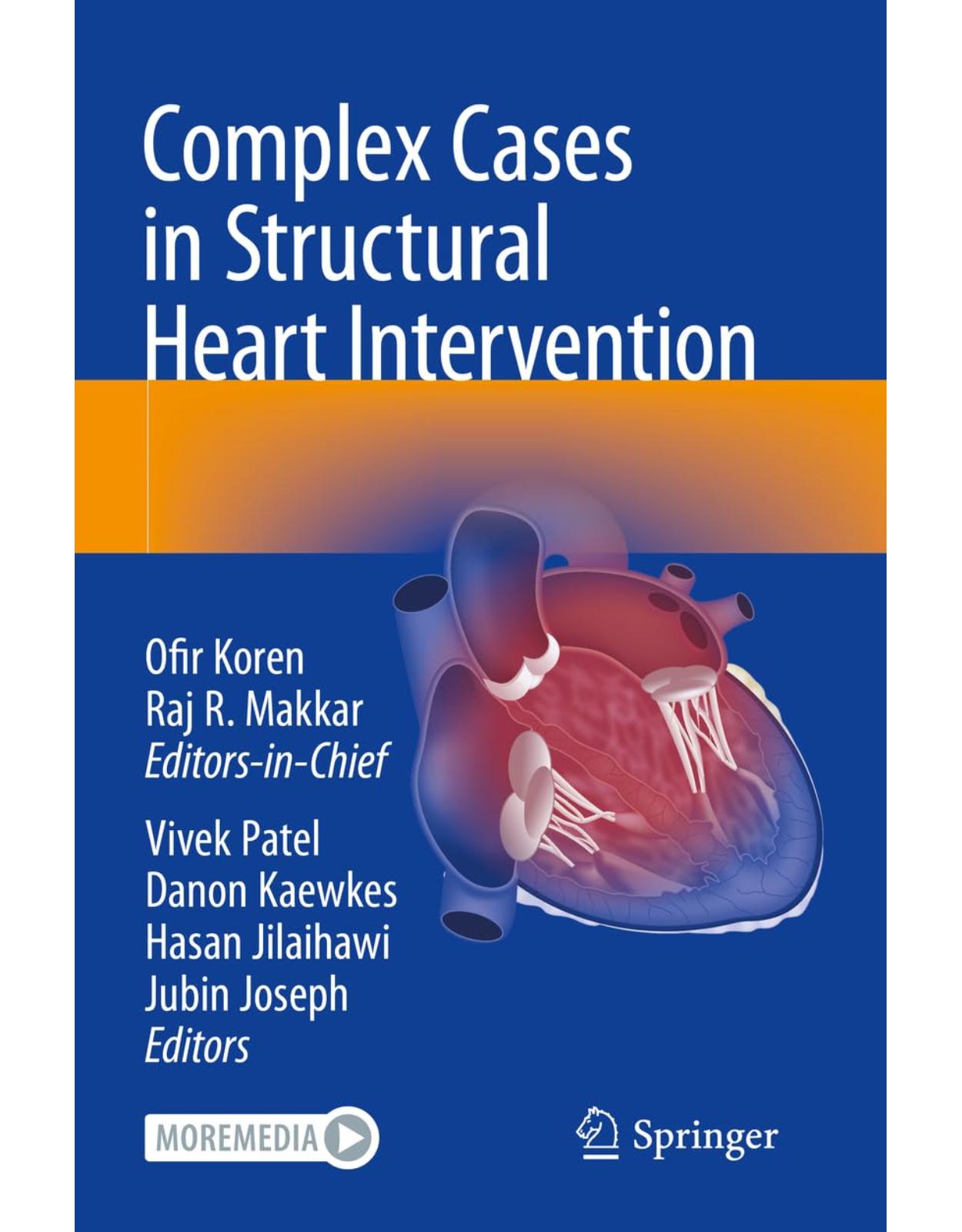
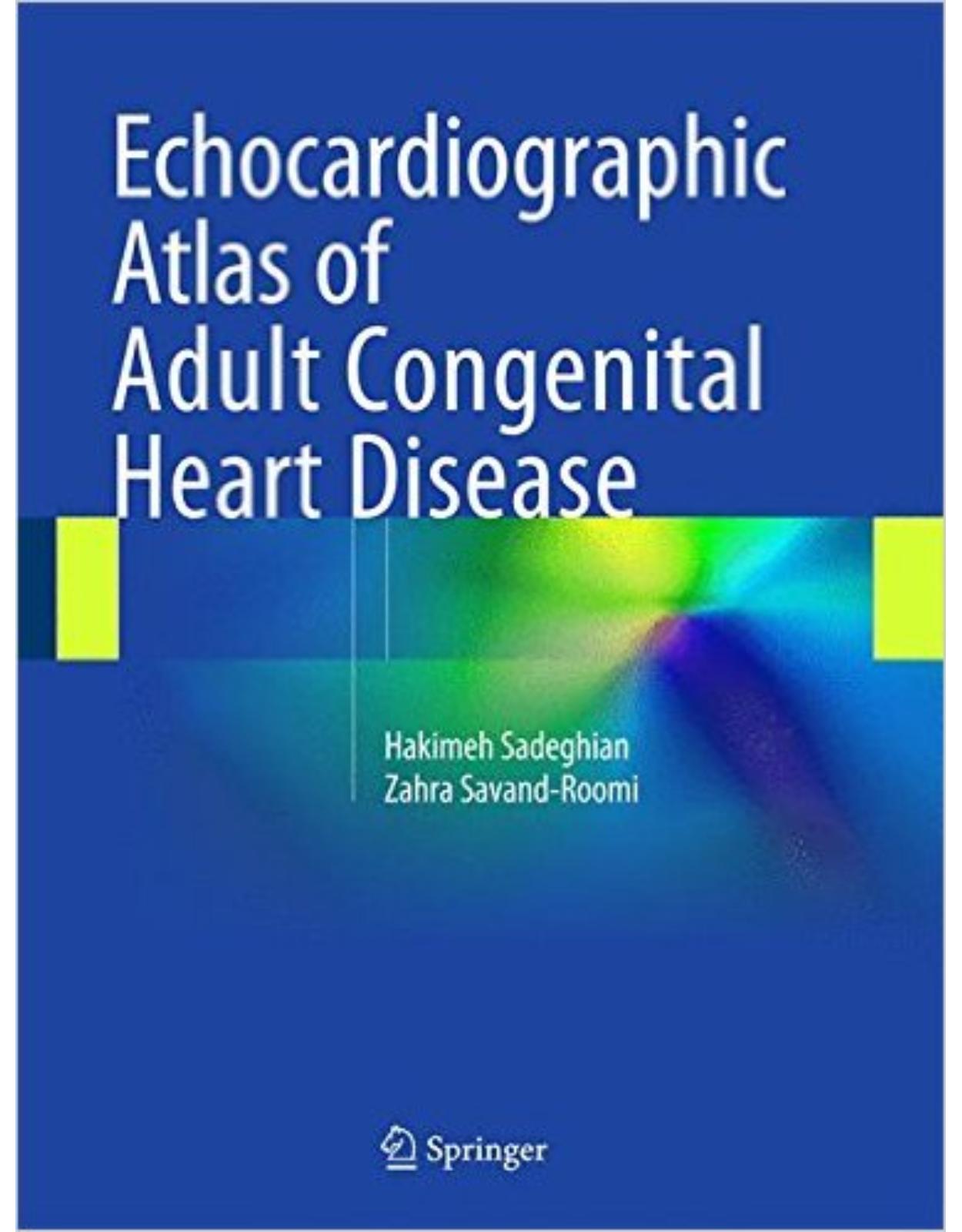
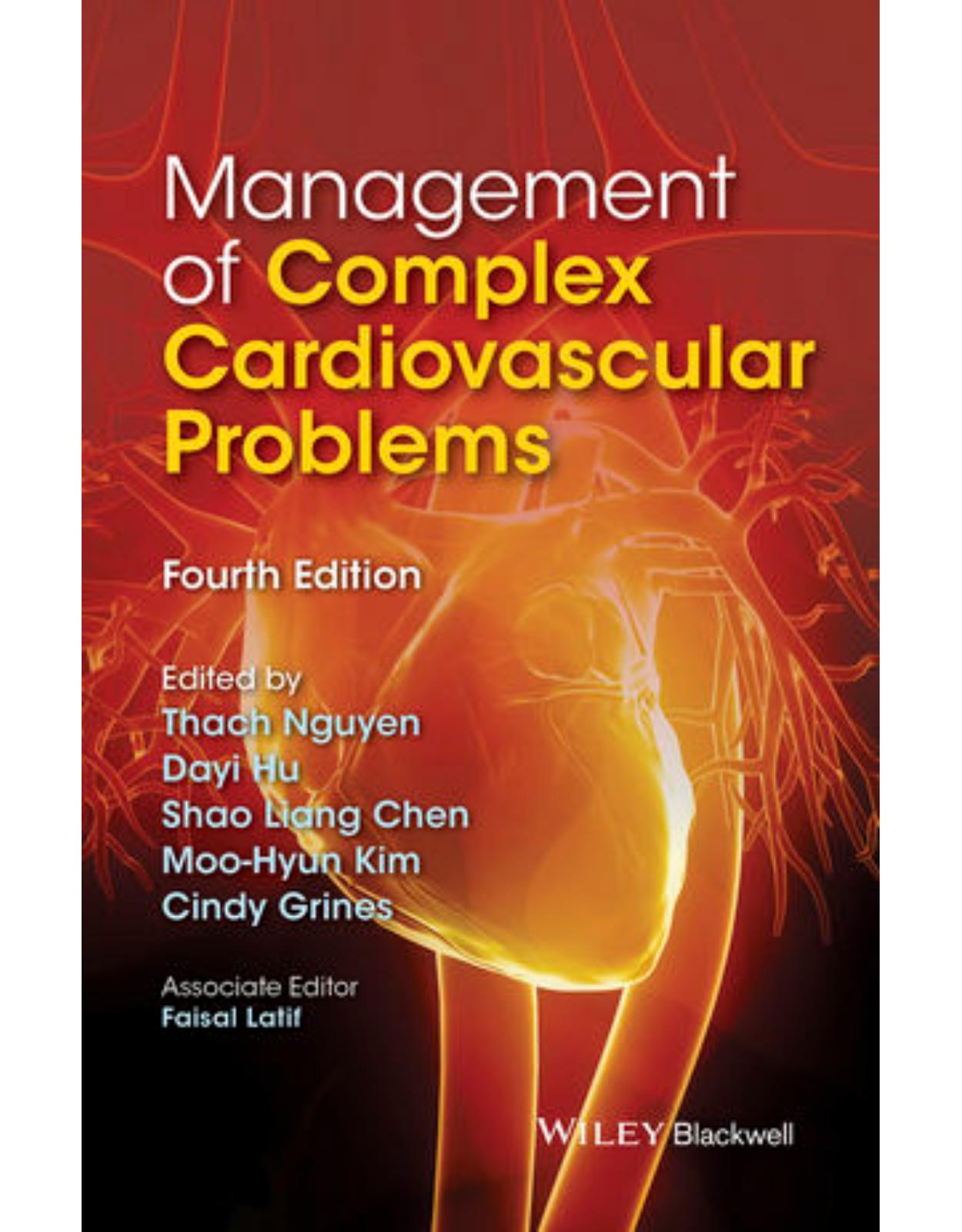
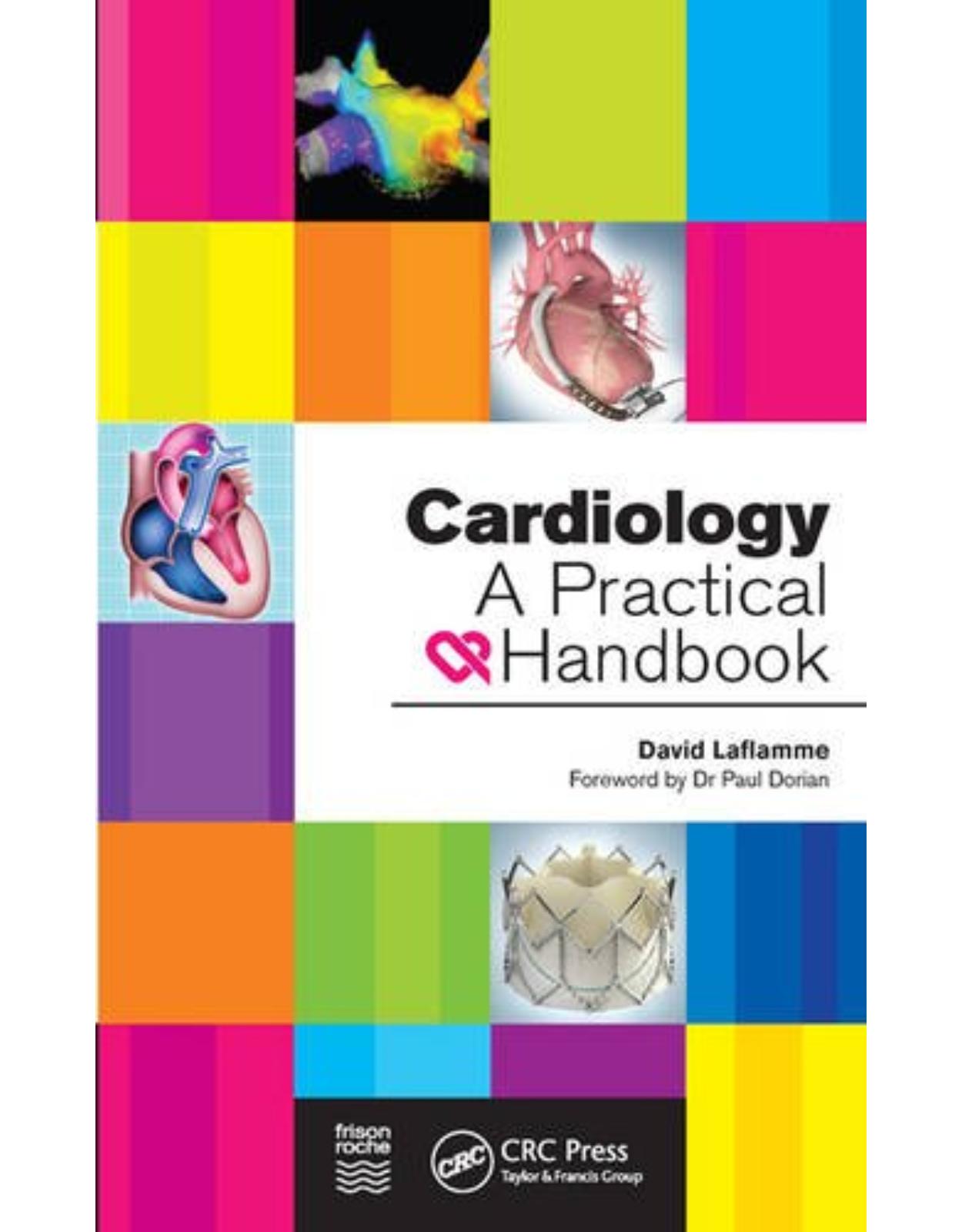
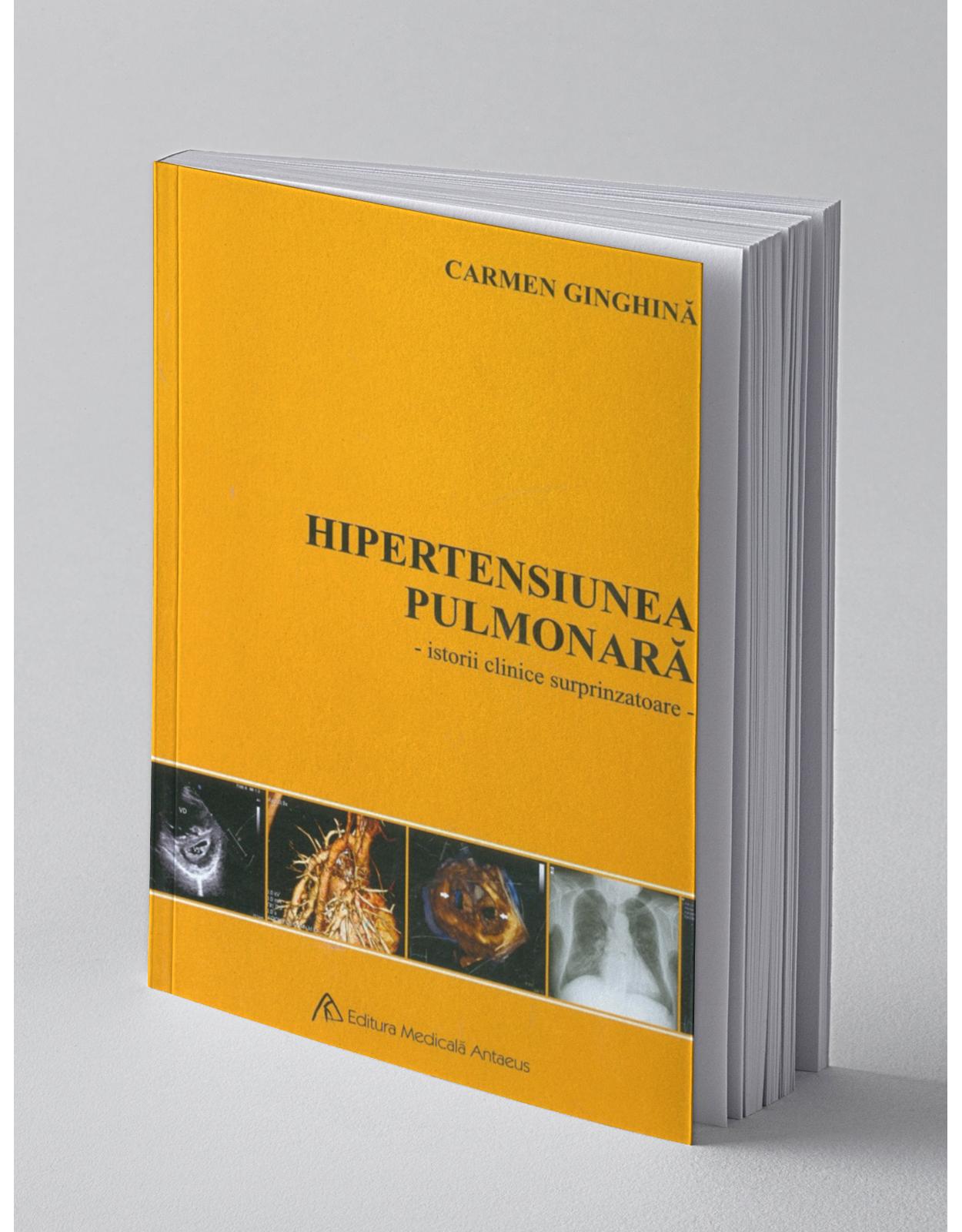
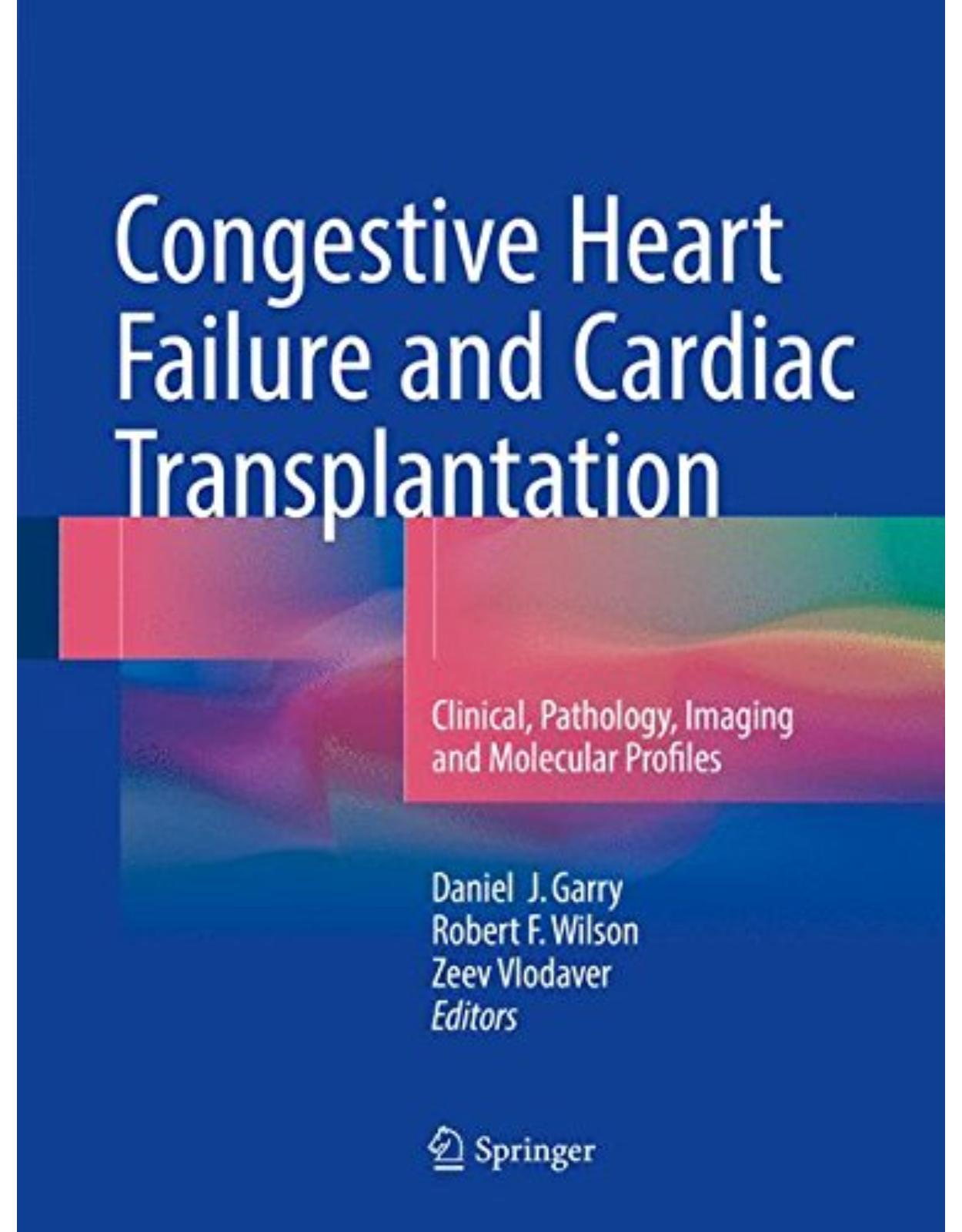
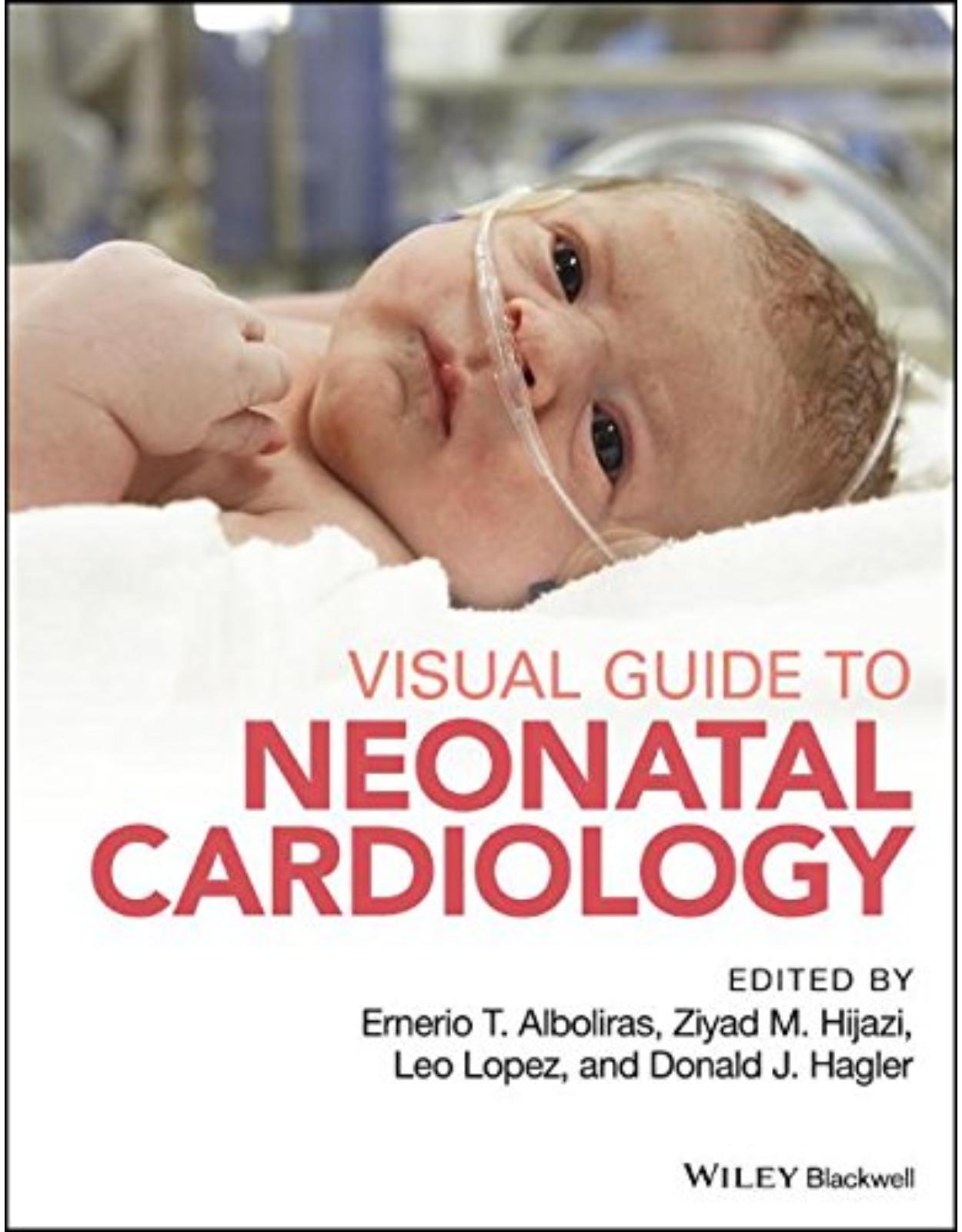
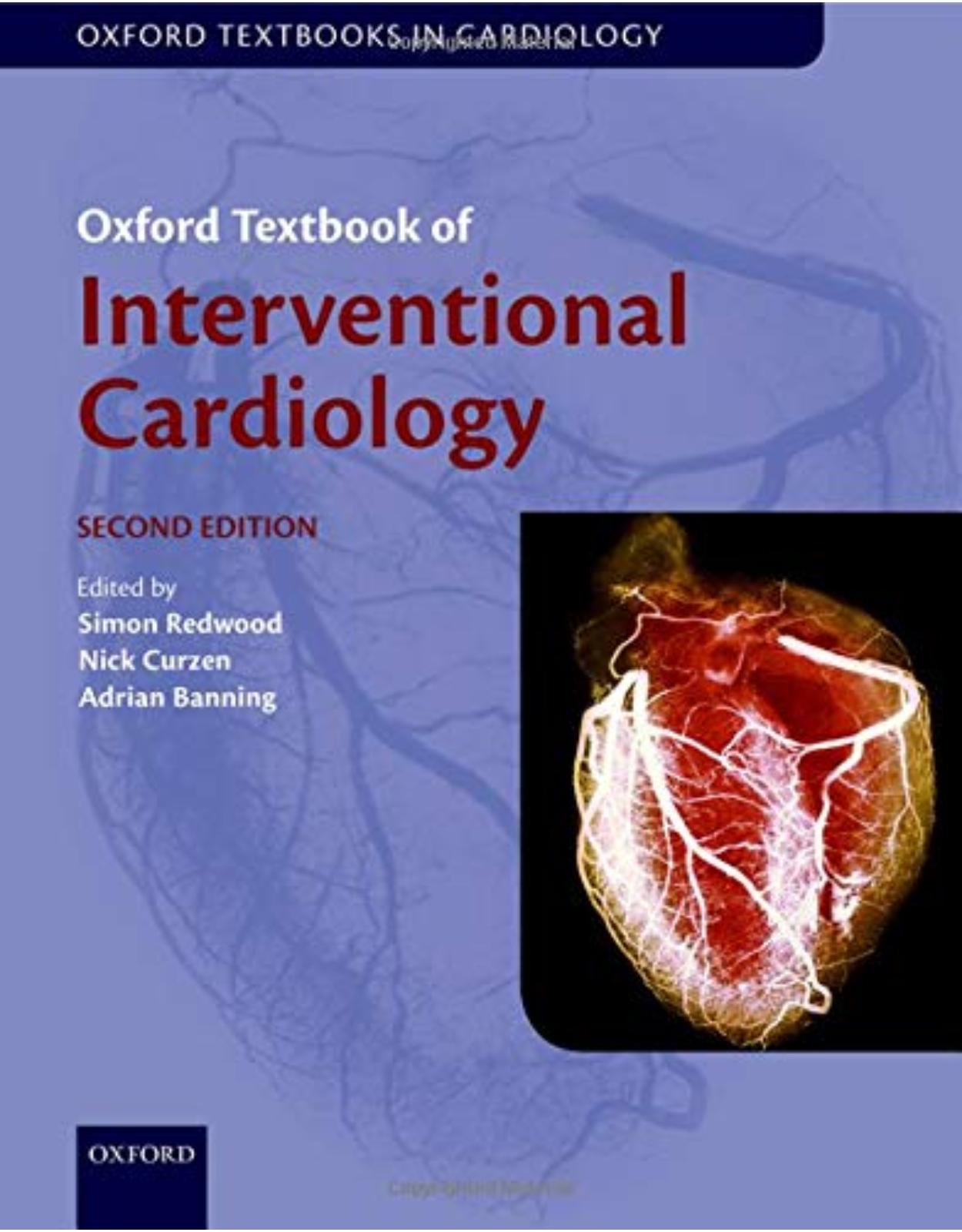
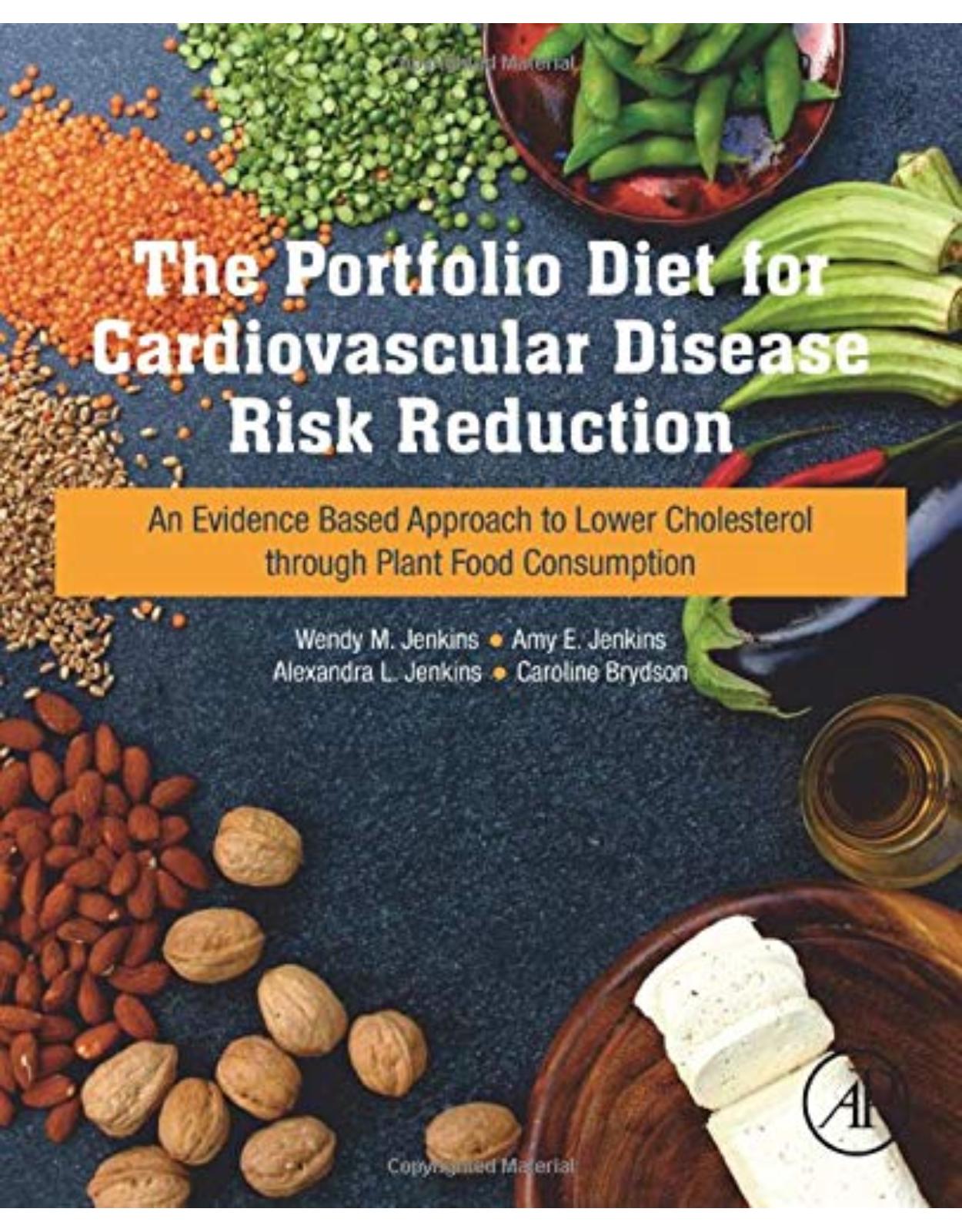
Clientii ebookshop.ro nu au adaugat inca opinii pentru acest produs. Fii primul care adauga o parere, folosind formularul de mai jos.